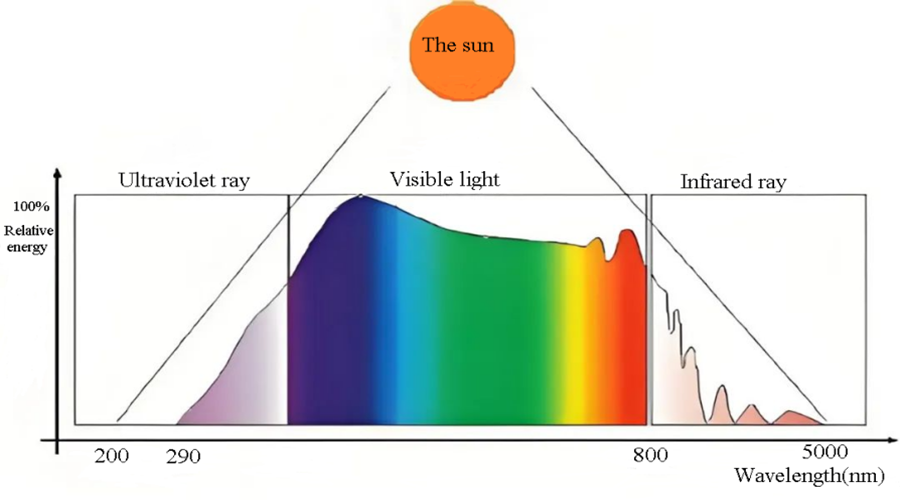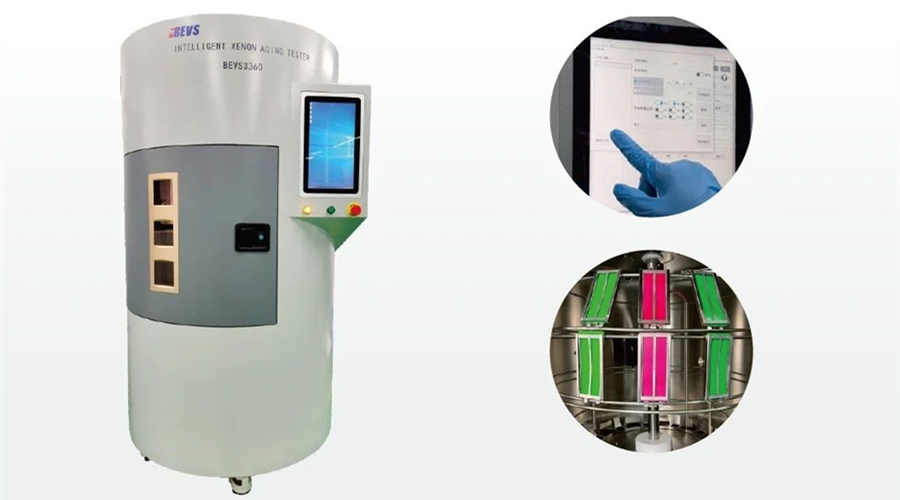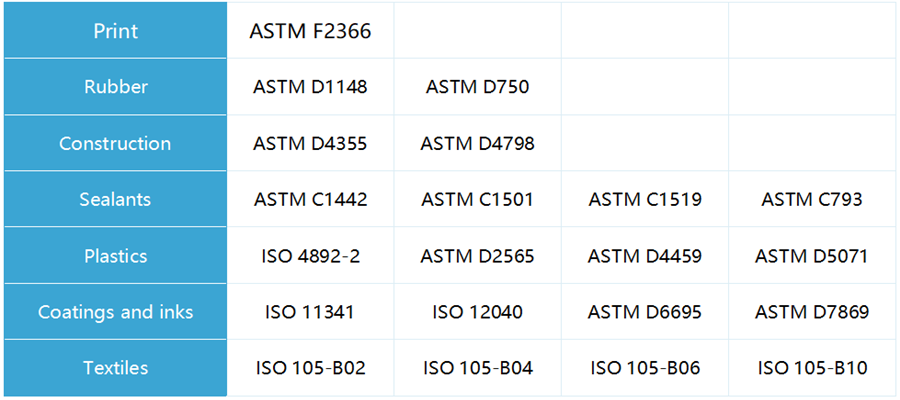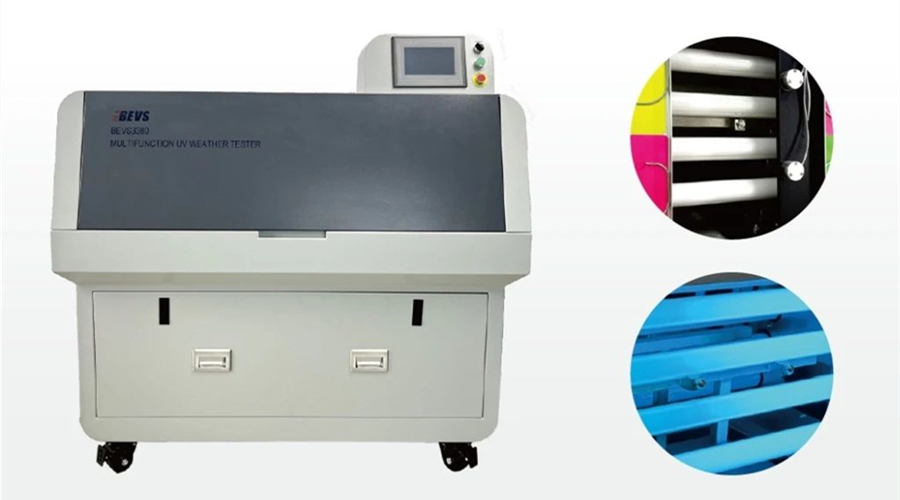
In today’s industry, whether it is home appliances, automobiles or electronic products, product quality and durability have become the core elements of market competition. As a result, aging test, which is a key quality control means, is getting more and more attention from those industries.
In laboratory, xenon aging tester and UV aging tester are used to simulate the radiation of the sun and the influence of various environmental factors on materials by exposing the samples like rubber, plastic, construction materials, etc. for a long time in the test chamber to assess their aging and weathering resistance.
Although both test the aging performance of materials using principles of light, there are still clear differences between these two testers. So, what is the main difference between xenon aging testers and UV aging tester?
The following comparison chart will show you the differences between them.

Principle of operation
Xenon aging test chambers utilize xenon arc lamps to simulate the entire spectrum of sunlight, including ultraviolet (UV), visible and infrared (IR) light, ranging from 250-3000 nm. Different types of optical filters are equipped to filter unnecessary spectral regions, so that various conditions can be simulated. There are three types of filters, which are commonly used, daylight filters, window glass filters and extended UV filters. Daylight filters simulate outdoor sunlight, window glass filters mimic the sunlight behind window glass, and extended UV filters reproduce spectra which are below
the normal cut-on of natural sunlight.
While UV test chambers usually use UVA and UVB lamps to produce ultraviolet, not including visible light and infrared ray. UV testers are usually equipped with UVA-340 or UVB-313. The UVA-340 simulates UV short wavelength region and is suitable for outdoor weathering. UVB-313 emits short-wave UV below the solar cut-off and degrade materials faster. Thus, it is more effective in giving fast results.

Function
Light, high temperature and moisture are major factors for weathering. In terms of moisture simulation, the UV tester and the Xenon tester work differently.
Nozzles in the Xenon tester spray water on specimens to produce wet and humid conditions. Besides, the ultrasonic humidifier and the air heater are used to control the relative humidity inside the chamber. There are also nozzles in the UV tester and they can spray water on the front side and the back side of specimens. It is noted that the Xenon tester can produce condensation. Water rises as vapor by heating the water tank on the bottom of the chamber. Because the surface temperature of specimens are lower than that of vapor, vapor condensates on the surface of specimens. Moisture is caused by rain, dew and relative humidity. Condensation simulates outdoor dew. Therefore, the UV tester is recommended for simulation of the effect of outdoor moisture.
Applications
UV lamps matches the sunlight well in the short-UV wavelength region. Shorter wavelength means more destructive effect. With condensation, outdoor moisture simulation is more realistic. Thus, the UV tester is commonly applied to test outdoor durable materials, such as roofing and exterior coatings.
Xenon arc lamps emit UV, visible light and infrared light. In the natural environments, materials with darker color absorb more visible light, resulting in higher surface temperature. As an important cause of weathering, high temperature influences the type and speed of degradation. Because of this, if specimens with different colors are put in the Xenon tester, the surface temperature of specimens will be different. But this will not happen in the UV tester. To conclude, the UV tester is recommended for testing fading or inspecting color changes.
Operating Cost
By comparison, the Xenon tester costs more in purchase and maintenance. Electrical costs of the Xenon tester are also higher. In the long run, the Xenon tester operating costs are greater.
In summary, the above is the main differences between the xenon aging tester and the UV aging tester. By comparison, the xenon aging tester and the UV aging tester have their own advantages and users can choose the appropriate instrument according to their needs.

The following is the standards to which the BEVS Intelligent Xenon Aging Tester and Multifunction UV Weather Tester conform respectively.
BEVS Intelligent Xenon Aging Tester



BEVS Multifunction UV Weather Tester









